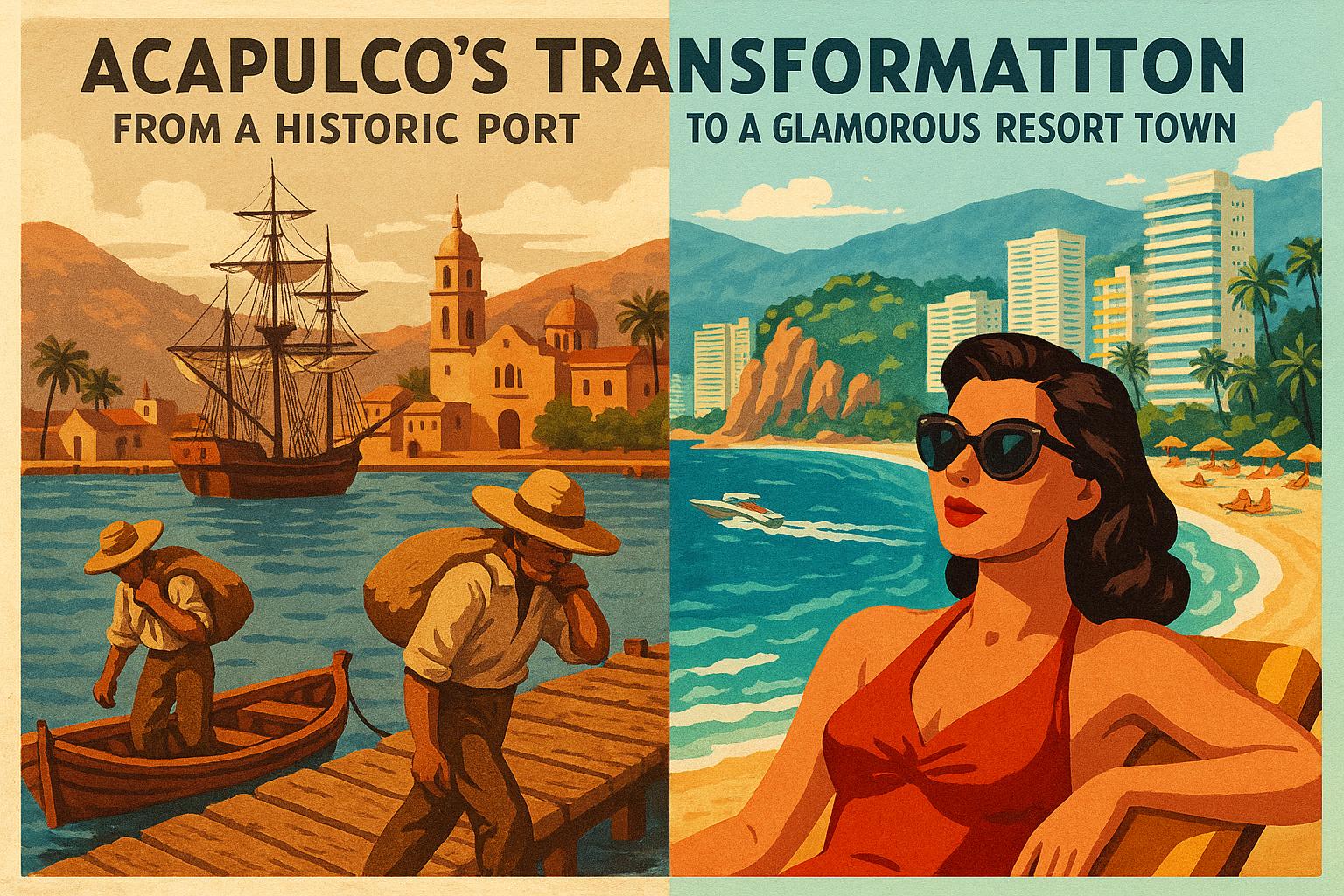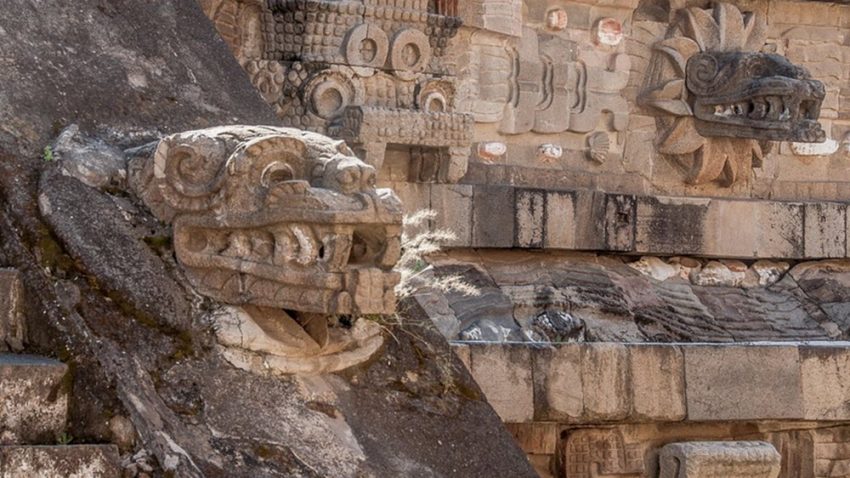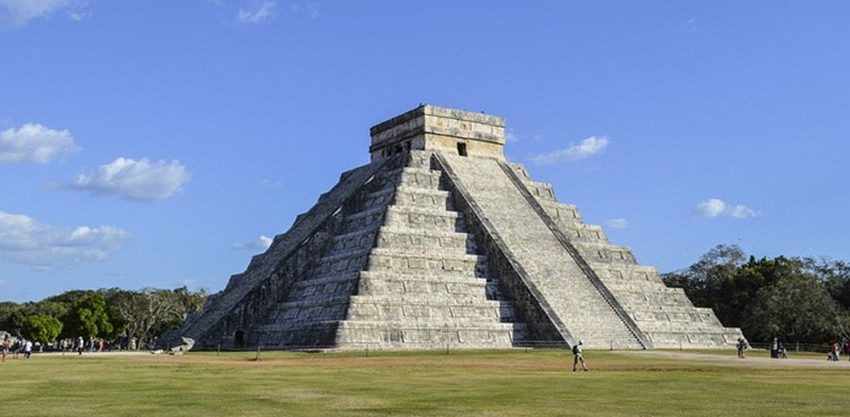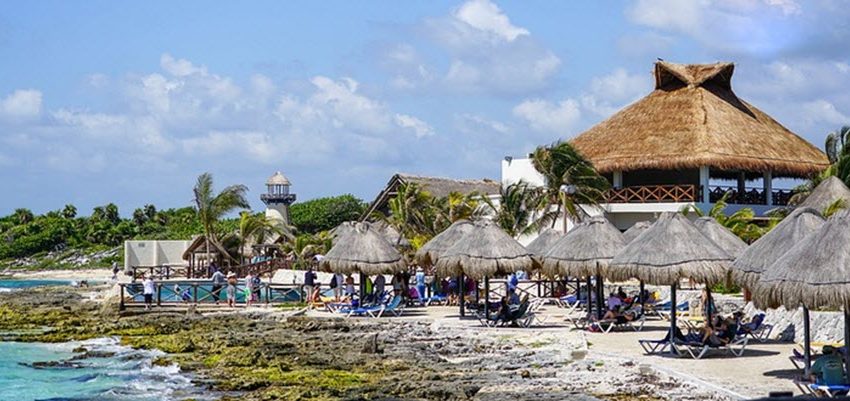The Early History of Acapulco
Acapulco, a vibrant city situated along the Pacific coast of Mexico in the state of Guerrero, boasts a captivating history stretching far back into pre-Hispanic times. Long before the Spanish set foot in the Americas in the early 16th century, the region was inhabited by indigenous groups such as the Nahuas and the Yopes. These indigenous communities capitalized on the area’s strategic location, which was primed to become a pivotal port. With the advent of Spanish colonization, the port’s significance in trade and interaction between continents was magnified.
The Colonial Era
During the period of Spanish dominance, Acapulco emerged as a central hub in the trans-Pacific trading networks. The establishment of the Manila Galleon trade route was a turning point, connecting Mexico with the Philippines. This maritime pathway was instrumental in the movement of goods, facilitating a lucrative trade in valuable commodities like spices and silks across the expanse of the Pacific Ocean. Acapulco burgeoned as a dynamic port, enriched by the constant ebb and flow of traders and goods. However, with the galleon trade’s cessation in the early 19th century, Acapulco’s prominence began to wane, leaving behind echoes of its once-grand role in international commerce.
The Rise of a Resort Town
The transformation of Acapulco into a sought-after resort destination took form during the mid-20th century. Known for its stunning beaches juxtaposed against a backdrop of a favorable climate, the city quickly drew the attention of tourists. This included not only the common traveler but also illustrious figures from Hollywood and significant political personalities. The enhanced accessibility brought about by well-constructed highways, coupled with robust city infrastructure, facilitated this influx. By the 1950s and 60s, Acapulco had firmly established its reputation, earning the endearing moniker “the Pearl of the Pacific.” The nickname encapsulated the city’s allure, suggesting its position as a shining gem along the Pacific coast.
Modern Acapulco
In the last few decades, Acapulco has encountered numerous challenges, primarily stemming from crime and concerns regarding safety. Despite facing these difficulties, there is a concerted effort to rejuvenate the tourism sector. Both local state authorities and private investors are actively involved in fostering improvements in infrastructure and enhancing security. As a result of these ongoing endeavors, Acapulco remains a favored destination for tourists—both from within Mexico and internationally. Visitors are drawn by the city’s vibrant nightlife scene, opulent resorts, and its rich cultural landmarks that offer a peek into its historical tapestry.
Acapulco’s Cultural and Environmental Significance
Acapulco’s appeal extends beyond its inviting beaches; it is a city with a deep pool of cultural significance. In particular, it hosts a variety of cultural festivities, such as the Festival de La Nao. This festival highlights the city’s historical ties with Asia, enriching its cultural narrative. Additionally, Acapulco’s natural beauty is an intrinsic part of its charm. Landmarks like the iconic La Quebrada cliff offer visitors breathtaking views, while the tranquil Cacahuatepec Lagoon provides a serene escape. These locations, along with other natural sites, present a diverse array of landscapes to discover and enjoy.
With a deep understanding of Acapulco’s layered history, present challenges, and unique features, the city represents both a fascinating historical case study and an enduring popular travel destination. Its ability to continuously reinvent itself while honoring its storied past is a testament to its resilience and timeless allure. For those curious to learn more about this dynamic city, a visit to [Acapulco Tourism’s official site](https://www.visitacapulco.travel/) offers a wealth of information on its history and attractions.







